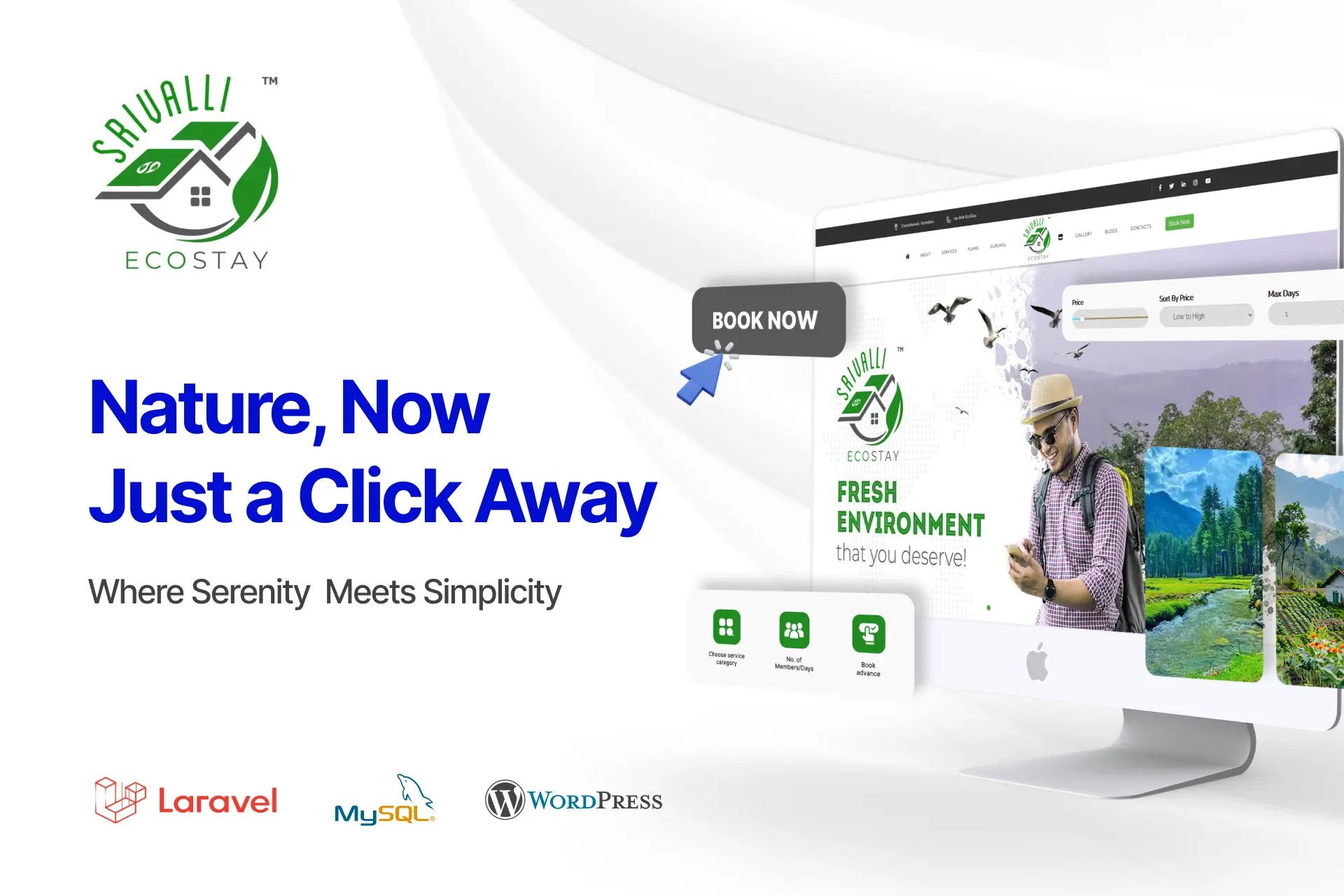Redefining Workplace Culture with Technology: Lessons from 2024
In 2024, technology continued to redefine workplace culture, bridging geographical divides, enhancing productivity, and supporting employee well-being. As businesses embraced remote and hybrid work models, tools like AI and collaboration platforms became vital. However, one critical question remains: how can organizations harness technology without losing the human touch?
The Tech-First Evolution of Workplace Dynamics
The past year marked a transformative shift in workplace culture.
Here’s how technology played a pivotal role:
AI Redefining Roles and Productivity
AI tools evolved into indispensable co-pilots, automating repetitive tasks and streamlining workflows. From generative AI aiding creative brainstorming to predictive analytics optimizing project planning, AI empowered employees to focus on high-value tasks.
Advanced Remote Collaboration Tools
Platforms like Zoom, Slack, and Microsoft Teams introduced real-time transcription, AI-generated action points, and immersive virtual offices. These innovations transformed virtual meetings into engaging, productive experiences.
Hybrid Work as the Norm
Hybrid work became standard, emphasizing flexibility and trust. Employees seamlessly transitioned between home and office, with technology ensuring connectivity and efficiency.
Tech-Driven Well-Being Initiatives
2024 underscored the importance of employee well-being alongside productivity. Businesses adopted innovative tech solutions to enhance well-being:
Virtual Mindfulness Sessions
Virtual reality (VR) became a staple in wellness programs, offering employees immersive meditation experiences that reduced stress and boosted focus.
AI-Powered Workload Management
AI tools monitored workloads, suggesting optimal schedules to prevent burnout. Managers used these insights to distribute tasks equitably, fostering a healthier work environment.
Gamified Wellness Programs
Fitness apps with gamified challenges encouraged breaks and physical activity. Employees stayed active while building camaraderie through friendly competition.
Balancing Technology with Human Connection
Despite its benefits, excessive reliance on technology risks creating sterile work environments. Businesses can mitigate this by blending tech-driven efficiencies with initiatives that nurture human connections:
In-Person Collaboration Opportunities
Periodic retreats or workshops reignite camaraderie in remote-first cultures.
Empathy in Leadership
Leaders should use tech insights responsibly to foster growth rather than micromanagement.
Celebrating Milestones Together
Technology can amplify celebrations through virtual shared spaces, ensuring that achievements are acknowledged meaningfully.
Preparing for 2025: Actionable Takeaways
As 2025 approaches, organizations must prioritize a balanced, tech-first workplace culture. Here’s how:
Evaluate Your Tools
Regularly assess collaboration platforms and AI tools for effectiveness and employee satisfaction.
Promote Well-Being
Leverage technology to combat burnout and encourage healthy work habits.
Foster Connections
Use technology to enhance human relationships, not replace them.
Downloadable Checklist
Download Now: Checklist for Implementing Tech-Driven Cultural Initiatives
- This resource includes:
- Must-have collaboration tools for 2025.
- Tips for AI-powered workload management.
- Guidelines for integrating virtual well-being programs.
Conclusion
As 2024 demonstrated, technology is a powerful enabler of workplace culture, but its true potential lies in augmenting the human experience. By focusing on balance, businesses can create environments where employees thrive both personally and professionally.
What lessons has your organization learned from 2024? Share your insights below!
FAQs
AI has automated repetitive tasks, streamlined workflows, and optimized project planning, allowing employees to focus on high-value tasks while boosting productivity.
Hybrid work models promote flexibility, enhance trust, and empower employees to switch seamlessly between home and office, supported by advanced collaboration tools.
Technology supports well-being through virtual mindfulness sessions, AI-powered workload management, and gamified wellness programs that encourage healthy habits.
Organizations can balance technology by fostering in-person collaboration opportunities, training leaders in empathetic management, and using tech to amplify celebrations.
Key steps include evaluating tools for effectiveness, leveraging tech to address burnout, and using platforms to nurture genuine human connections.
Yes, gamified wellness programs promote physical activity, reduce stress, and foster team camaraderie through engaging fitness challenges.








